MARTINE—A Platform for Real-Time Energy Management in Smart Grids
Abstract
1. Introduction
- three realistic case studies to validate the use of the platform;
- scheduling of the energy resources available in each scenario;
- laboratory emulation of the developed models;
- evaluating the activity of an aggregator during DR implementation, namely the ramp period, regarding scheduling and remuneration;
- improvement of aggregator resources management in short and real-time DR;
- development of real-time simulation models using a set of laboratory equipment;
- use of multi-agents to support the simulations, namely the players modeling and resource models integration.
2. Materials and Methods
- multi-agent based platform integrating several multi-agent systems;
- agents representing energy resources can be of 3 types (real buildings, other installations and equipment, physically emulated components, or software agents) allowing mixing physical resources with simulated ones in real-time simulation;
- includes a real-time data acquisition and historic data repository, storing measured real-time data, data obtained in measurement campaigns, and other data from multiple sources;
- provides reality augmented by realistic simulation in real-time, enabled by GECAD algorithms in conjunction with hardware in the loop simulation;
- enables integration of external applications and physical installation (buildings, houses, labs);
- receives real-time data from remote partners, used in real-time management and simulation;
- integrates most of the GECAD models for smart grids (for example, energy resource scheduling optimization, demand response, market simulation);
- provides effectiveness/efficiency to intelligent management (according to the time constraints to provide the solution) by the use of reinforced learning.
3. Results
- -
- an agriculture irrigation management model is proposed to show the application of the MARTINE platform in the context of agriculture, in Section 3.1;
- -
- a practical model of the DR program is presented with a specific focus on the ramping of DR programs, in Section 3.2;
- -
- finally, in the last case, a practical strategy is shown for load modeling by using various network parameters and configurations, in Section 3.3.
3.1. Energy Scheduling in an Agriculture Irrigation System
3.1.1. Implemented Solution
3.1.2. Case Study
3.1.3. Experimental Results
3.2. Practical Implementation of Ramping in Distinct Demand Response Programs
3.2.1. Implemented Solution
3.2.2. Experimental Results
3.3. Real-Time Simulation System for Load Modeling
3.3.1. Implemented Solution
3.3.2. Experimental Results
4. Discussion
5. Conclusions
Author Contributions
Funding
Data Availability Statement
Acknowledgments
Conflicts of Interest
References
- Wang, S.; Tarroja, B.; Schell, L.S.; Shaffer, B.; Samuelsen, S. Prioritizing among the end uses of excess renewable energy for cost-effective greenhouse gas emission reductions. Appl. Energy 2019, 235, 284–298. [Google Scholar] [CrossRef]
- Leonard, M.D.; Michaelides, E.E.; Michaelides, D.N. Energy storage needs for the substitution of fossil fuel power plants with renewables. Renew. Energy 2020, 145, 951–962. [Google Scholar] [CrossRef]
- Ghorbani, N.; Aghahosseini, A.; Breyer, C. Assessment of a cost-optimal power system fully based on renewable energy for Iran by 2050—Achieving zero greenhouse gas emissions and overcoming the water crisis. Renew. Energy 2020, 146, 125–148. [Google Scholar] [CrossRef]
- Piotr, F.B. Nexus between water, energy, food and climate change as challenges facing the modern global, European and Polish economy. AIMS Geosci. 2020, 6, 397–421. [Google Scholar] [CrossRef]
- Abrishambaf, O.; Lezama, F.; Faria, P.; Vale, Z. Towards transactive energy systems: An analysis on current trends. Energy Strategy Rev. 2019, 26, 100418. [Google Scholar] [CrossRef]
- Morais, H.; Faria, P.; Vale, Z. Demand response design and use based on network locational marginal prices. Int. J. Electr. Power Energy Syst. 2014, 61, 180–191. [Google Scholar] [CrossRef]
- Vale, Z.A.; Ramos, C.; Morais, H.; Faria, P.; Silva, M. The role of demand response in future power systems. In Proceedings of the 2009 Transmission & Distribution Conference & Exposition: Asia and Pacific, Seoul, Korea, 26–30 October 2009; pp. 1–4. [Google Scholar]
- Faria, P.; Vale, Z.; Baptista, J. Constrained consumption shifting management in the distributed energy resources scheduling considering demand response. Energy Convers. Manag. 2015, 93, 309–320. [Google Scholar] [CrossRef]
- Sikorski, T.; Jasiński, M.; Ropuszyńska-Surma, E.; Węglarz, M.; Kaczorowska, D.; Kostyła, P.; Leonowicz, Z.; Lis, R.; Rezmer, J.; Rojewski, W.; et al. A Case Study on Distributed Energy Resources and Energy-Storage Systems in a Virtual Power Plant Concept: Economic Aspects. Energies 2019, 12, 4447. [Google Scholar] [CrossRef]
- Yi, W.; Zhang, Y.; Zhao, Z.; Huang, Y. Multiobjective Robust Scheduling for Smart Distribution Grids: Considering Renewable Energy and Demand Response Uncertainty. IEEE Access 2018, 6, 45715–45724. [Google Scholar] [CrossRef]
- Althaher, S.; Mancarella, P.; Mutale, J. Automated Demand Response from Home Energy Management System under Dynamic Pricing and Power and Comfort Constraints. IEEE Trans. Smart Grid 2015, 6, 1874–1883. [Google Scholar] [CrossRef]
- Federal Energy Regulatory Commission. Assessment of Demand Response & Advanced Metering; Federal Energy Regulatory Commission: Washington, WA, USA, 2011.
- Della Giustina, D.; Ponci, F.; Repo, S. Automation for smart grids in Europe. In Application of Smart Grid Technologies; Elsevier: Amsterdam, The Netherlands, 2018; pp. 231–274. [Google Scholar]
- Du, P.; Lu, N.; Zhong, H. Demand Response in Smart Grids; Springer: Berlin/Heidelberg, Germany, 2019; ISBN 978-3-030-19768-1. [Google Scholar]
- Khorram, M.; Abrishambaf, O.; Faria, P.; Vale, Z. Office building participation in demand response programs supported by intelligent lighting management. Energy Inform. 2018, 1, 1–14. [Google Scholar] [CrossRef]
- Kathiriya, H.; Pandya, A.; Dubay, V.; Bavarva, A. State of Art: Energy Efficient Protocols for Self-Powered Wireless Sensor Network in IIoT to Support Industry 4.0. In Proceedings of the 2020 8th International Conference on Reliability, Infocom Technologies and Optimization (Trends and Future Directions) (ICRITO), Noida, India, 4–5 June 2020; pp. 1311–1314. [Google Scholar]
- Javied, T.; Bakakeu, J.; Gessinger, D.; Franke, J. Strategic energy management in industry 4.0 environment. In Proceedings of the 2018 Annual IEEE International Systems Conference (SysCon), Vancouver, BC, Canada, 23–26 April 2018; pp. 1–4. [Google Scholar]
- Wang, K.; Yu, J.; Yu, Y.; Qian, Y.; Zeng, D.; Guo, S.; Xiang, Y.; Wu, J. A survey on energy internet: Architecture, approach, and emerging technologies. IEEE Syst. J. 2017, 12, 2403–2416. [Google Scholar] [CrossRef]
- Siano, P.; De Marco, G.; Rolán, A.; Loia, V. A Survey and Evaluation of the Potentials of Distributed Ledger Technology for Peer-to-Peer Transactive Energy Exchanges in Local Energy Markets. IEEE Syst. J. 2019, 13, 3454–3466. [Google Scholar] [CrossRef]
- Paterakis, N.G.; Mocanu, E.; Gibescu, M.; Stappers, B.; van Alst, W. Deep learning versus traditional machine learning methods for aggregated energy demand prediction. In Proceedings of the 2017 IEEE PES Innovative Smart Grid Technologies Conference Europe (ISGT-Europe), Turin, Italy, 26–29 September 2017; pp. 1–6. [Google Scholar]
- Abrishambaf, O.; Faria, P.; Vale, Z. Application of an optimization-based curtailment service provider in real-time simulation. Energy Inform. 2018, 1, 3. [Google Scholar] [CrossRef]
- Abrishambaf, O.; Faria, P.; Vale, Z.; Corchado, J.M. Real-Time Simulation of a Curtailment Service Provider for Demand Response Participation. In Proceedings of the 2018 IEEE/PES Transmission and Distribution Conference and Exposition (T&D), Colorado, CO, USA, 16–19 April 2018; pp. 1–9. [Google Scholar]
- Zhong, H.; Xie, L.; Xia, Q. Coupon Incentive-Based Demand Response: Theory and Case Study. IEEE Trans. Power Syst. 2013, 28, 1266–1276. [Google Scholar] [CrossRef]
- Mahmoudi, N.; Heydarian-Forushani, E.; Shafie-khah, M.; Saha, T.K.; Golshan, M.E.H.; Siano, P. A bottom-up approach for demand response aggregators’ participation in electricity markets. Electr. Power Syst. Res. 2017, 143, 121–129. [Google Scholar] [CrossRef]
- Do Prado, J.C.; Qiao, W. A Stochastic Decision-Making Model for an Electricity Retailer with Intermittent Renewable Energy and Short-Term Demand Response. IEEE Trans. Smart Grid 2019, 10, 2581–2592. [Google Scholar] [CrossRef]
- Vahid-Ghavidel, M.; Mahmoudi, N.; Mohammadi-Ivatloo, B. Self-Scheduling of Demand Response Aggregators in Short-Term Markets Based on Information Gap Decision Theory. IEEE Trans. Smart Grid 2019, 10, 2115–2126. [Google Scholar] [CrossRef]
- Priyadarshana, H.V.V.; Kalhan Sandaru, M.A.; Hemapala, K.T.M.U.; Wijayapala, W.D.A.S. A review on Multi-Agent system based energy management systems for micro grids. AIMS Energy 2019, 7, 924–943. [Google Scholar] [CrossRef]
- Wooldridge, M. An Introduction to Multiagent Systems, 2nd ed.; Wiley Publishing: Hoboken, NJ, USA, 2009; ISBN 0470519460 9780470519462. [Google Scholar]
- De Azevedo, R.; Cintuglu, M.H.; Ma, T.; Mohammed, Q.A. Multiagent-Based Optimal Microgrid Control Using Fully Distributed Diffusion Strategy. IEEE Trans. Smart Grid 2017, 8, 1997–2008. [Google Scholar] [CrossRef]
- Amicarelli, E.; Tran, Q.T.; Bacha, S. Multi-agent system for day-ahead energy management of microgrid. In Proceedings of the 2016 18th European Conference on Power Electronics and Applications (EPE’16 ECCE Europe), Karlsruhe, Germany, 5–9 September 2016; pp. 1–10. [Google Scholar] [CrossRef]
- Dou, C.; Yue, D.; Li, X.; Xue, Y. MAS-Based Management and Control Strategies for Integrated Hybrid Energy System. IEEE Trans. Ind. Inform. 2016, 12, 1332–1349. [Google Scholar] [CrossRef]
- Azeroual, M.; Lamhamdi, T.; El Moussaoui, H.; El Markhi, H. Simulation tools for a smart grid and energy management for microgrid with wind power using multi-agent system. Wind Eng. 2020, 44, 661–672. [Google Scholar] [CrossRef]
- Sami, B.S. Intelligent Energy Management for Off-Grid Renewable Hybrid System Using Multi-Agent Approach. IEEE Access 2020, 8, 8681–8696. [Google Scholar] [CrossRef]
- Zhou, F.; Huang, Z.; Yang, Y.; Wang, J.; Li, L.; Peng, J. Decentralized event-triggered cooperative control for multi-agent systems with uncertain dynamics using local estimators. Neurocomputing 2017, 237, 388–396. [Google Scholar] [CrossRef]
- Abrishambaf, O.; Faria, P.; Gomes, L.; Spínola, J.; Vale, Z.; Corchado, J. Implementation of a Real-Time Microgrid Simulation Platform Based on Centralized and Distributed Management. Energies 2017, 10, 806. [Google Scholar] [CrossRef]
- Pinto, T.; Gomes, L.; Faria, P.; Sousa, F.; Vale, Z. MARTINE: Multi-agent based real-time infrastructure for energy. In Proceedings of the 19th International Conference on Autonomous Agents and Multiagent Systems (AAMAS 2020), Auckland, New Zealand, 9–13 May 2020. [Google Scholar]
- Abrishambaf, O.; Faria, P.; Gomes, L.; Vale, Z. Agricultural irrigation scheduling for a crop management system considering water and energy use optimization. Energy Rep. 2020, 6, 133–139. [Google Scholar] [CrossRef]
- Jade. Available online: https://jade.tilab.com/ (accessed on 3 March 2021).
- Fipa. Available online: http://www.fipa.org/repository/aclspecs.html (accessed on 3 March 2021).
- Santos, G.; Pinto, T.; Vale, Z.; Corchado, J.M. Multi-agent semantic interoperability in complex energy systems simulation and decision support. In Proceedings of the 2019 20th International Conference on Intelligent System Application to Power Systems (ISAP), New Delhi, India, 10–14 December 2019; pp. 1–6. [Google Scholar] [CrossRef]
- Gomes, L.; Faria, P.; Vale, Z.; Silva, J. Energy Analyzer Emulator for Microgrid Implementation and Demonstration and Respective Gateway. IEEE Trans. Ind. Appl. 2019, 55, 134–144. [Google Scholar] [CrossRef]
- Gomes, L.; Lefrançois, M.; Faria, P.; Vale, Z. Publishing real-time microgrid consumption data on the web of Linked Data. In Proceedings of the 2016 Clemson University Power Systems Conference (PSC), Clemson, SC, USA, 8–11 March 2016; pp. 1–8. [Google Scholar] [CrossRef]
- Gomes, L.; Vale, Z.; Corchado, J. Multi-Agent Microgrid Management System for Single-Board Computers: A Case Study on Peer-to-Peer Energy Trading. IEEE Access 2020, 8, 64169–64183. [Google Scholar] [CrossRef]
- Gomes, L.; Spínola, J.; Vale, Z.; Corchado, J. Agent-based architecture for demand side management using real-time resource’s priorities and a deterministic optimization algorithm. J. Clean. Prod. 2019, 241. [Google Scholar] [CrossRef]
- Horling, B.; Lesser, V. A survey of multi-agent organizational paradigms. Knowl. Eng. Rev. 2004, 19, 281–316. [Google Scholar] [CrossRef]
- Abrishambaf, O.; Faria, P.; Vale, Z. Ramping of Demand Response Event with Deploying Distinct Programs by an Aggregator. Energies 2020, 13, 1389. [Google Scholar] [CrossRef]
- Teng, S.; Touš, Y.; Leong, W.; How, B.; Lam, H.; Máša, V. Recent advances on industrial data-driven energy savings: Digital twins and infrastructures. Renew. Sustain. Energy Rev. 2021, 135. [Google Scholar] [CrossRef]
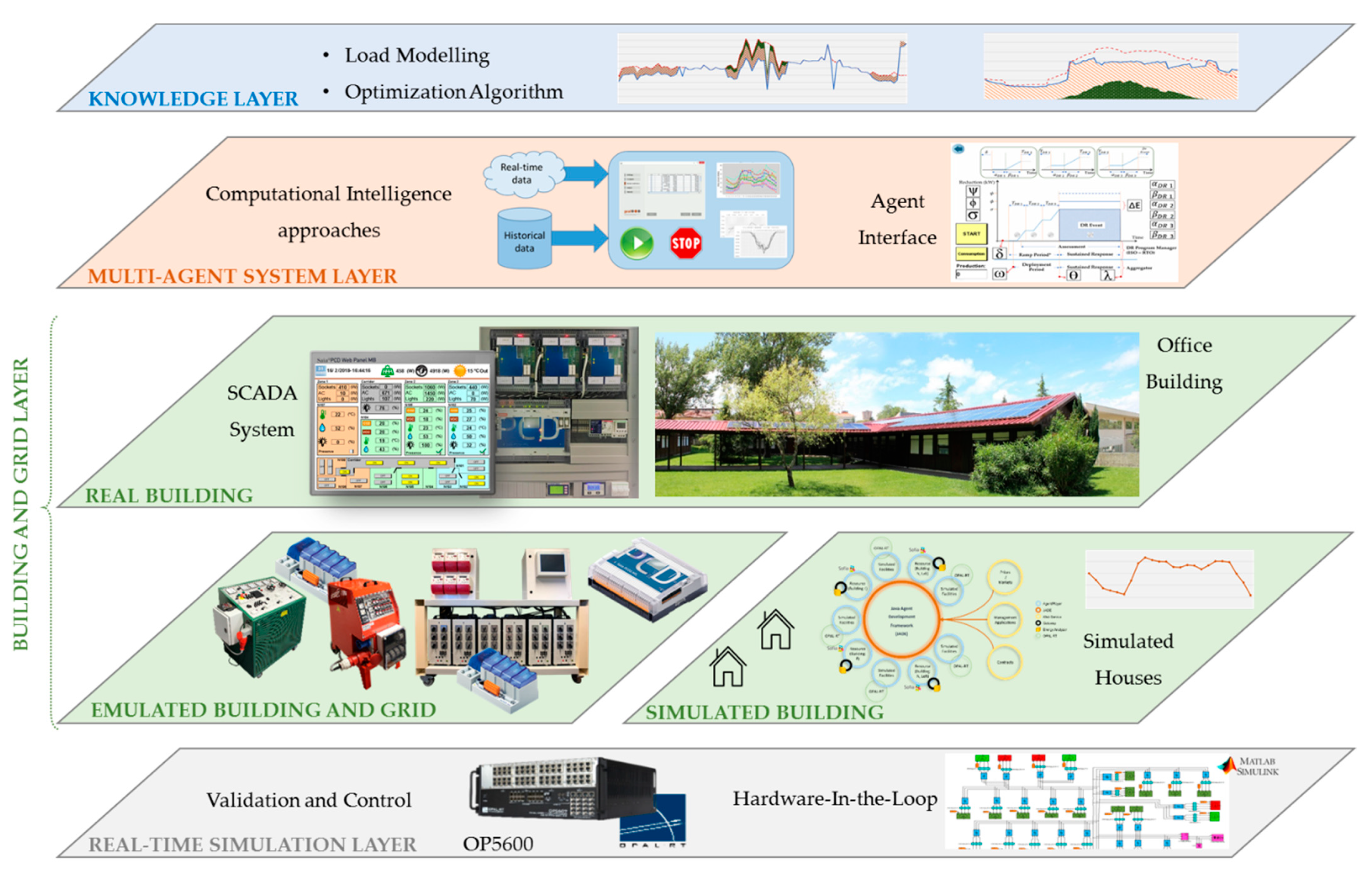
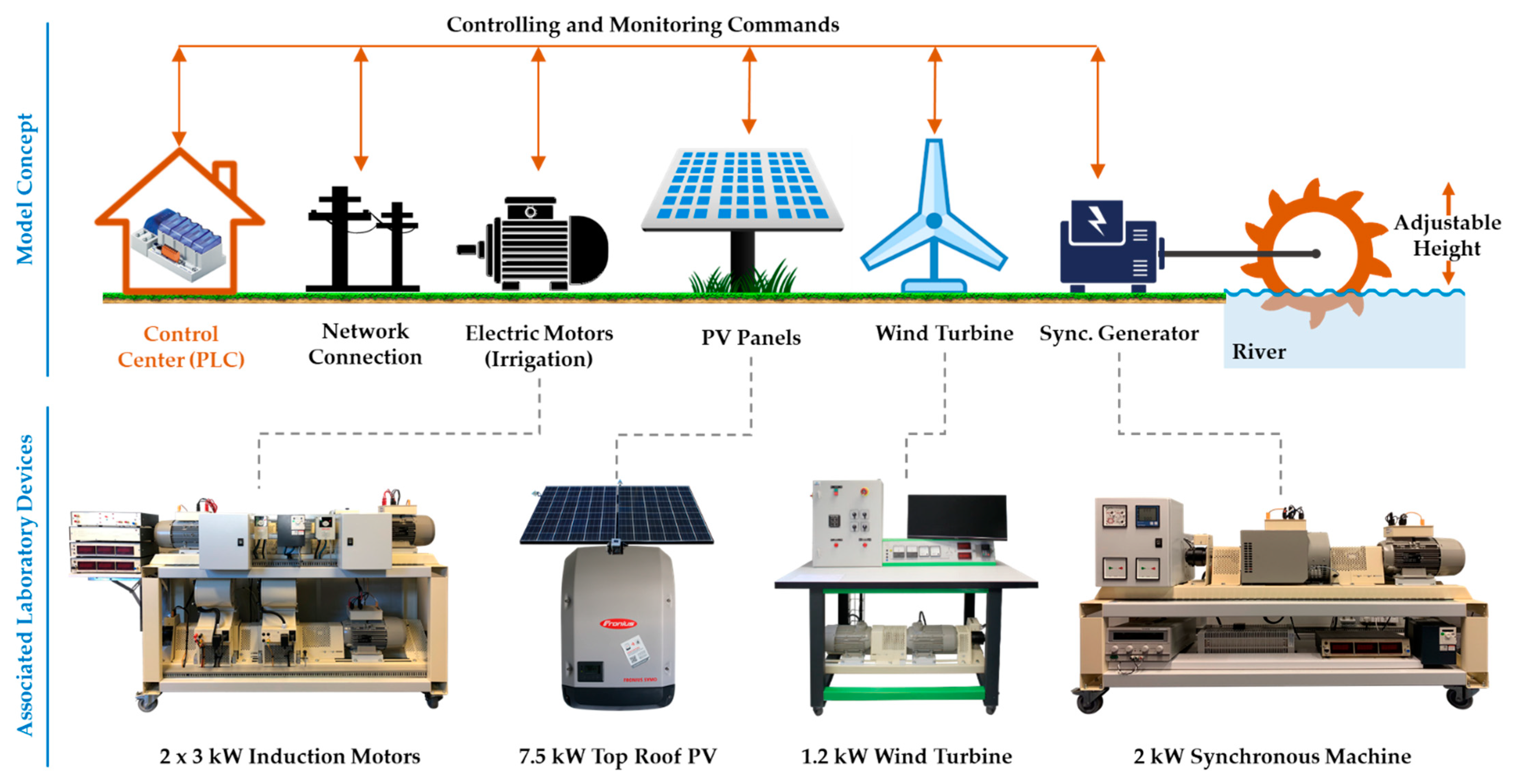

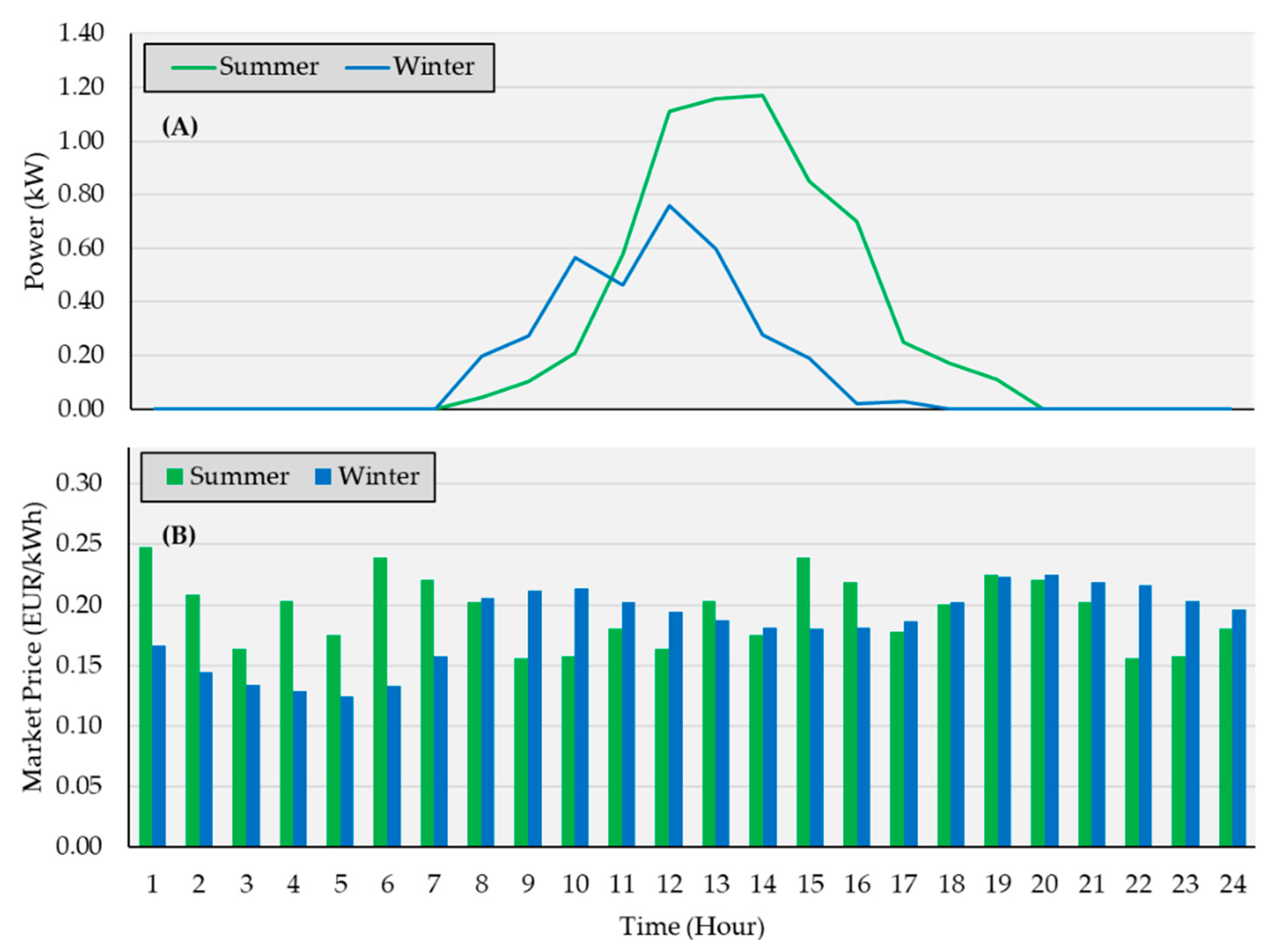
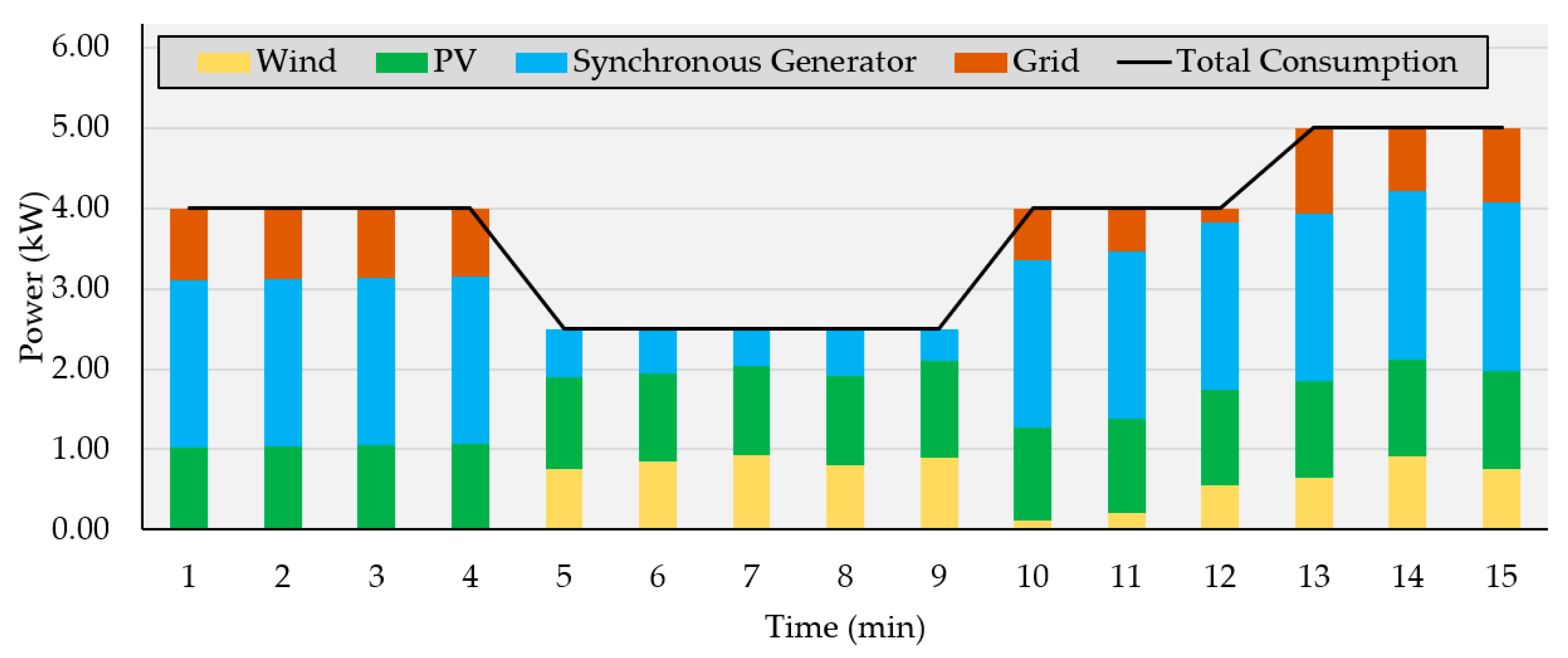
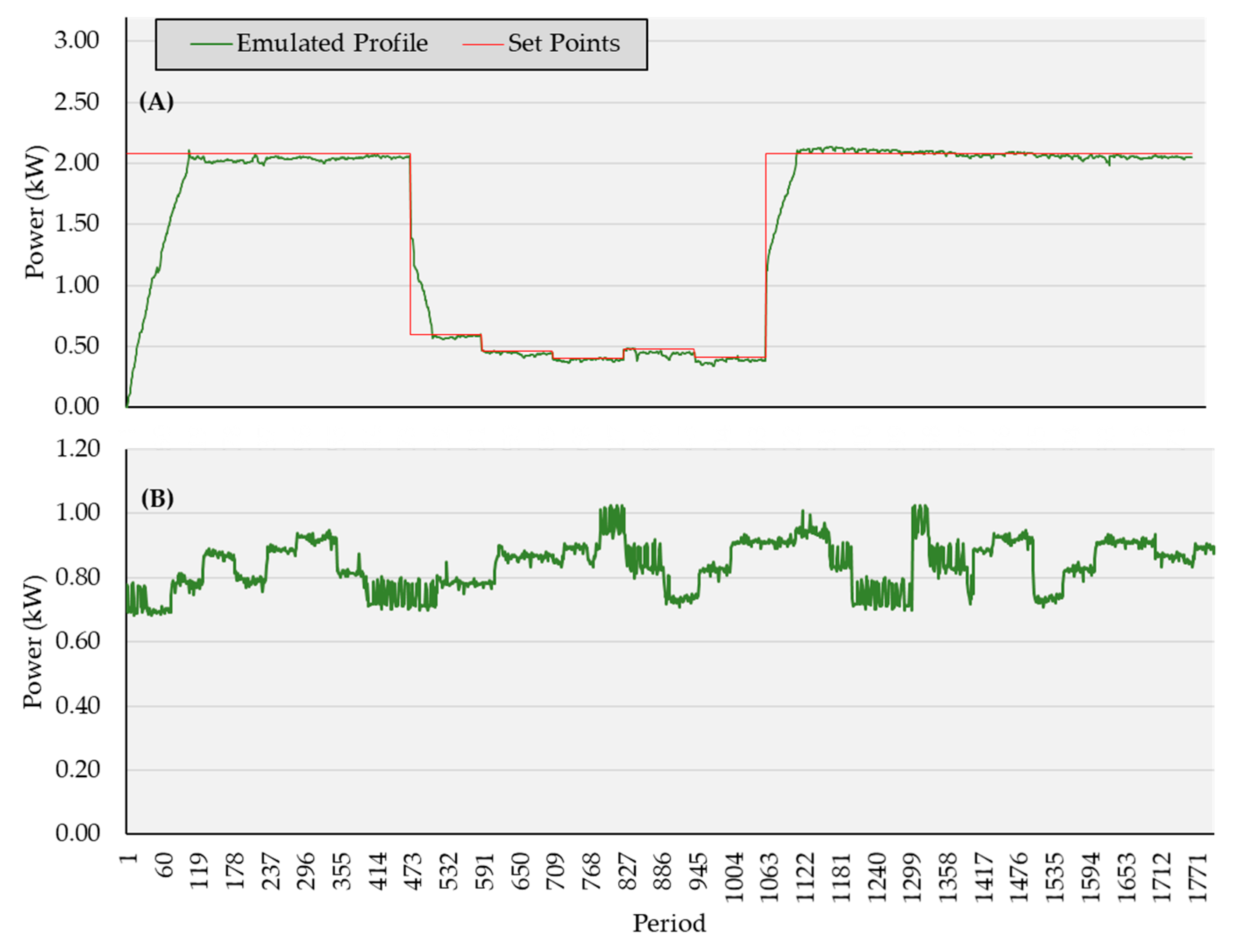
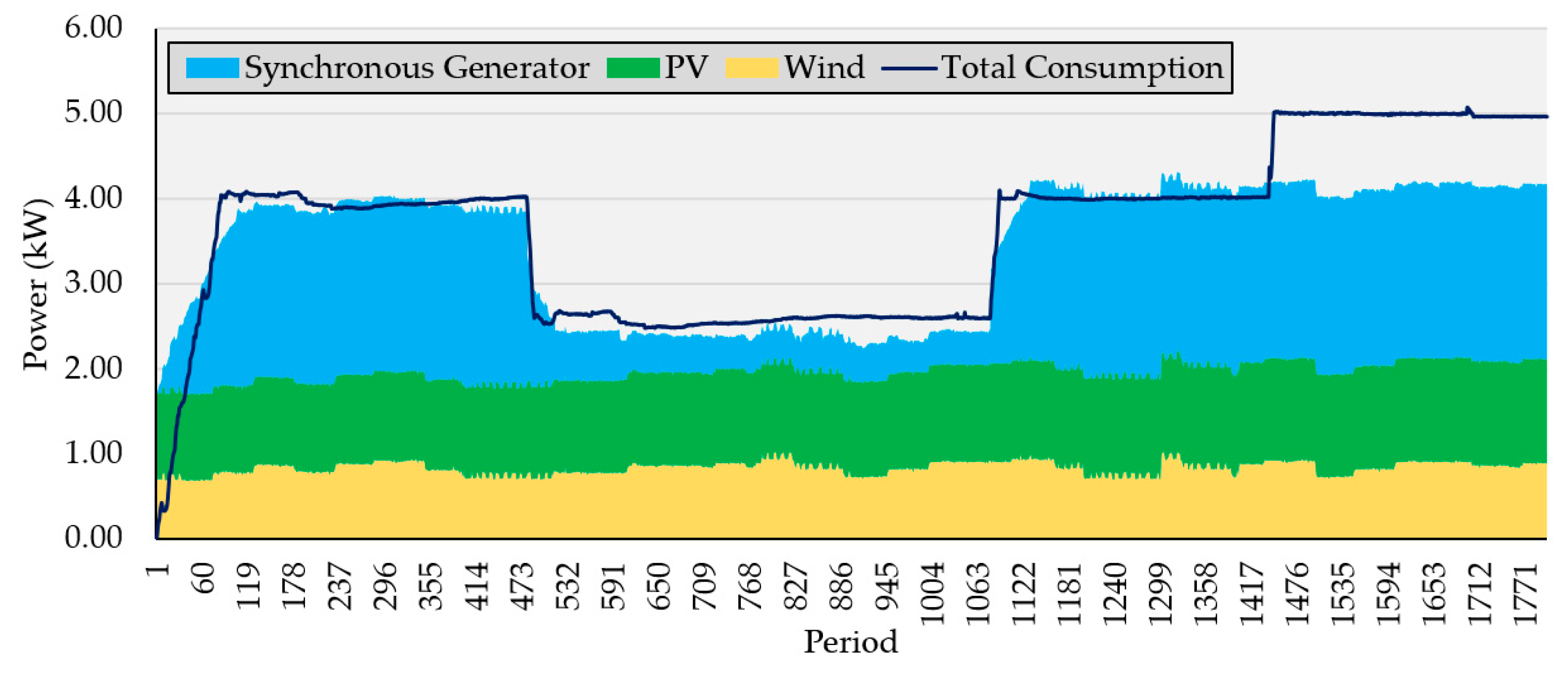
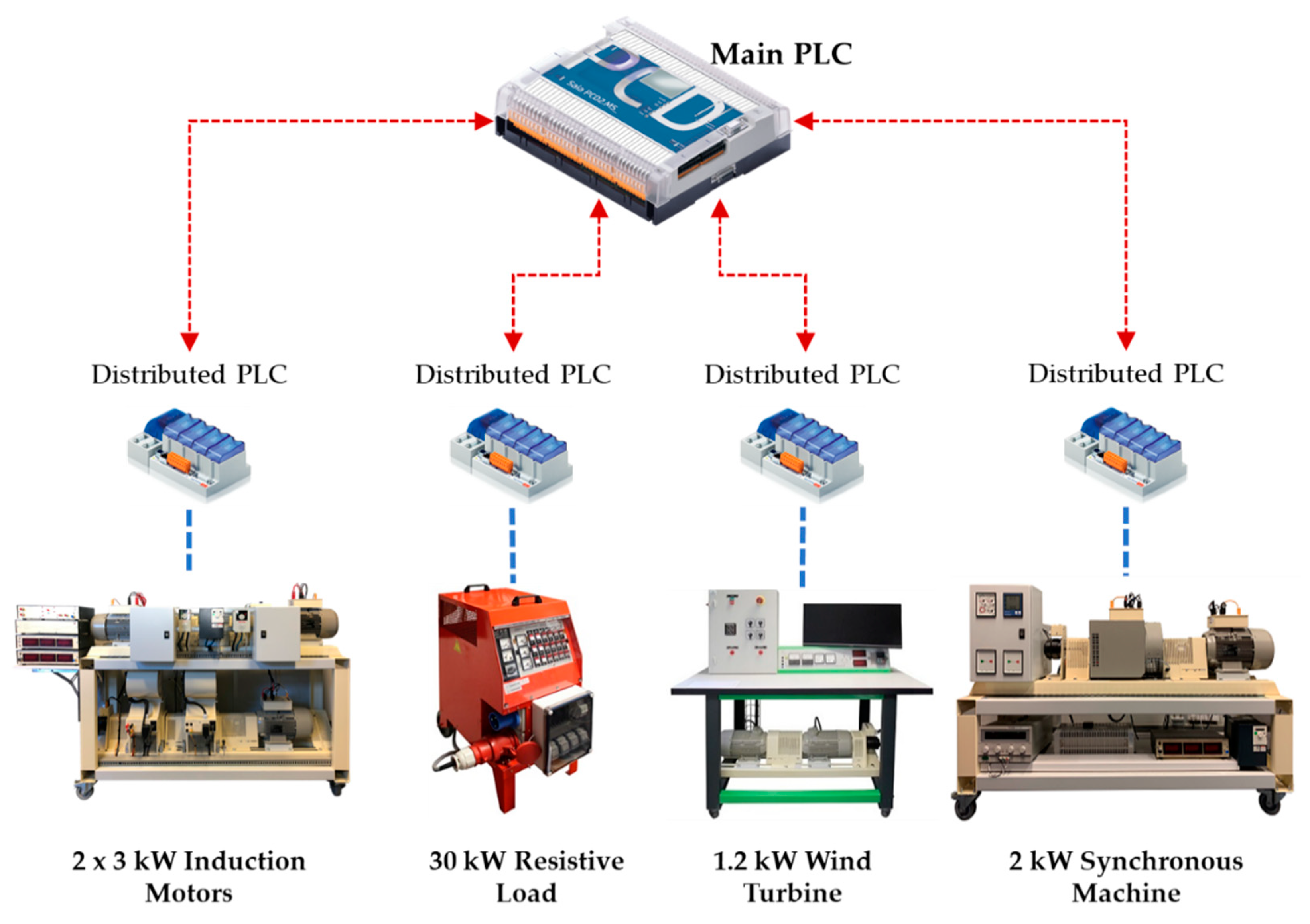
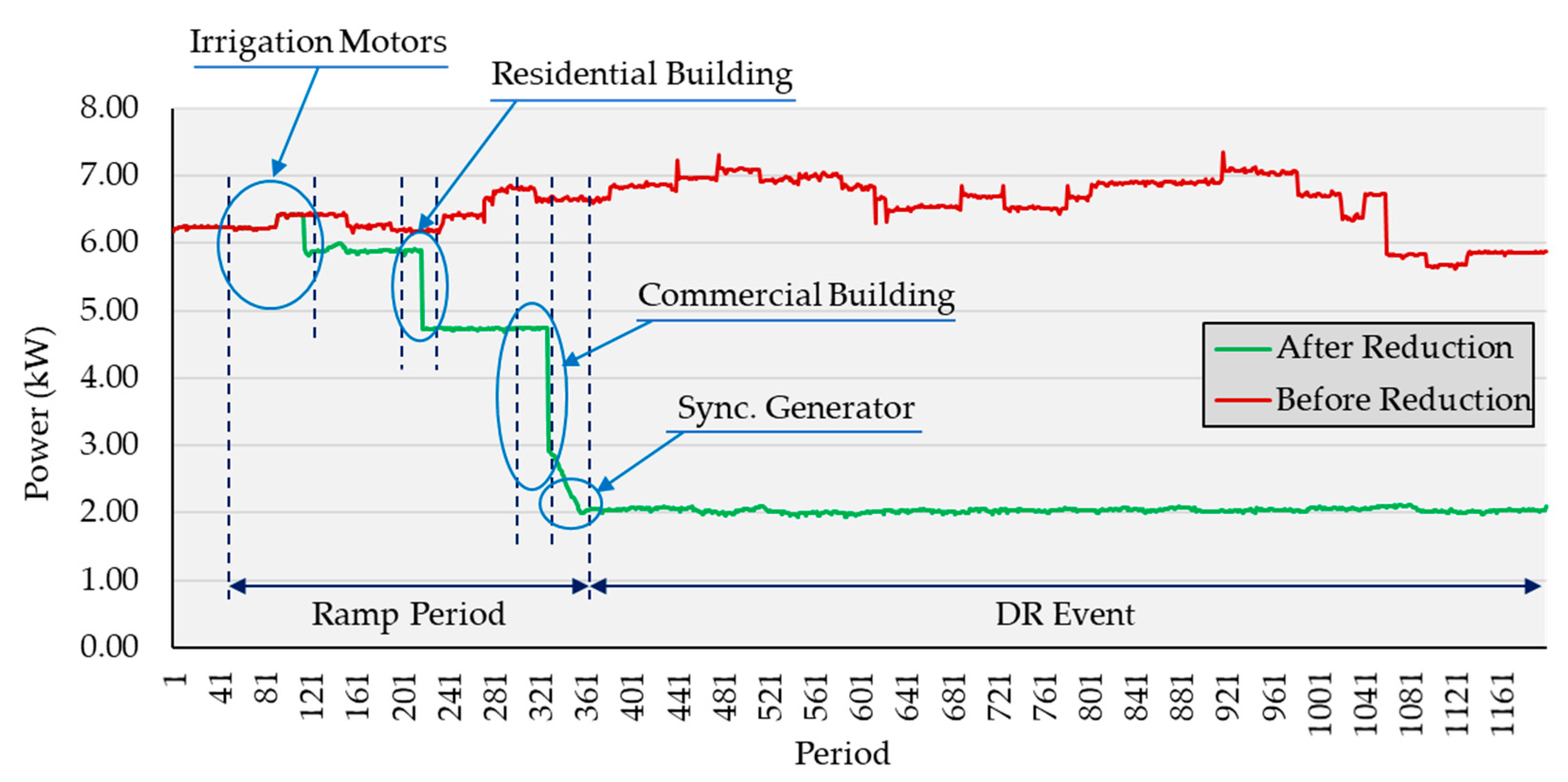
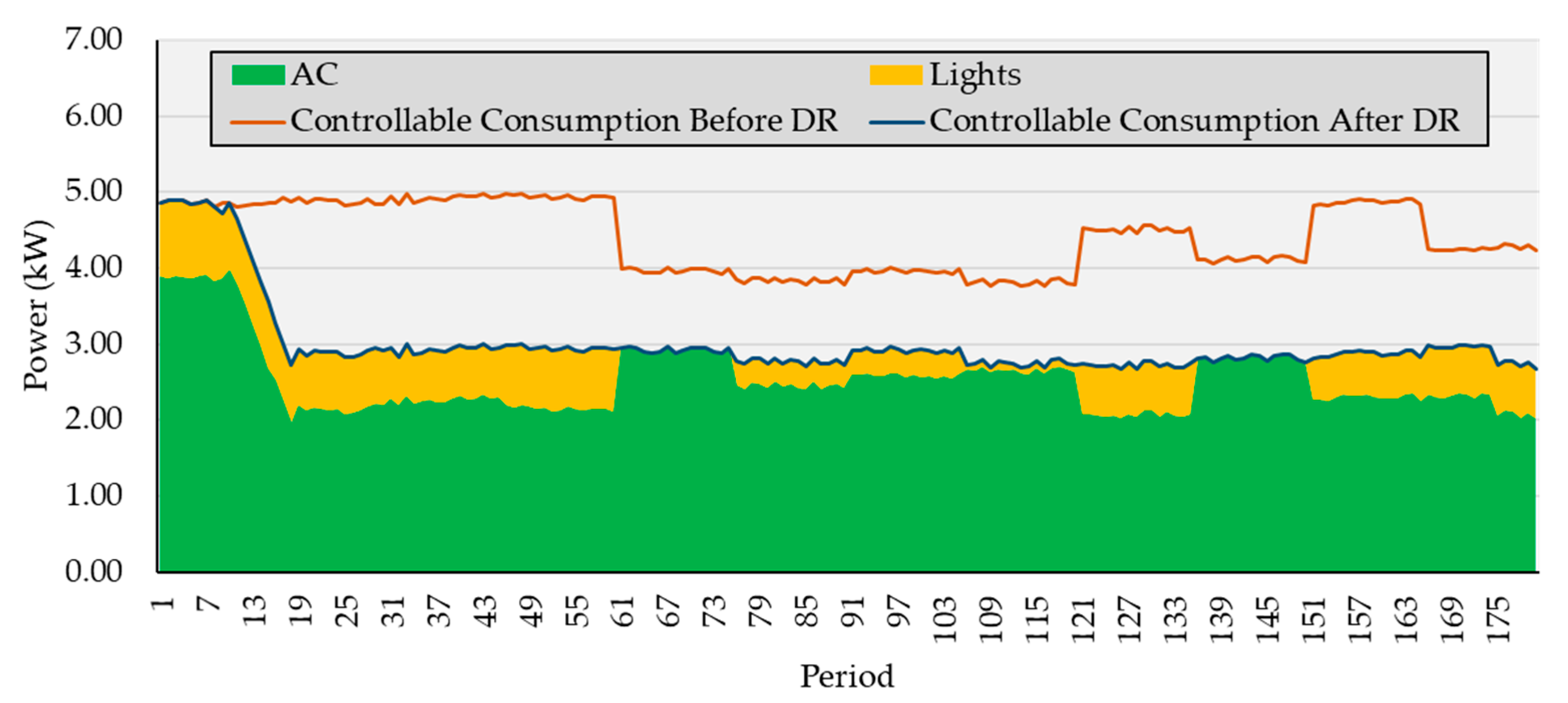
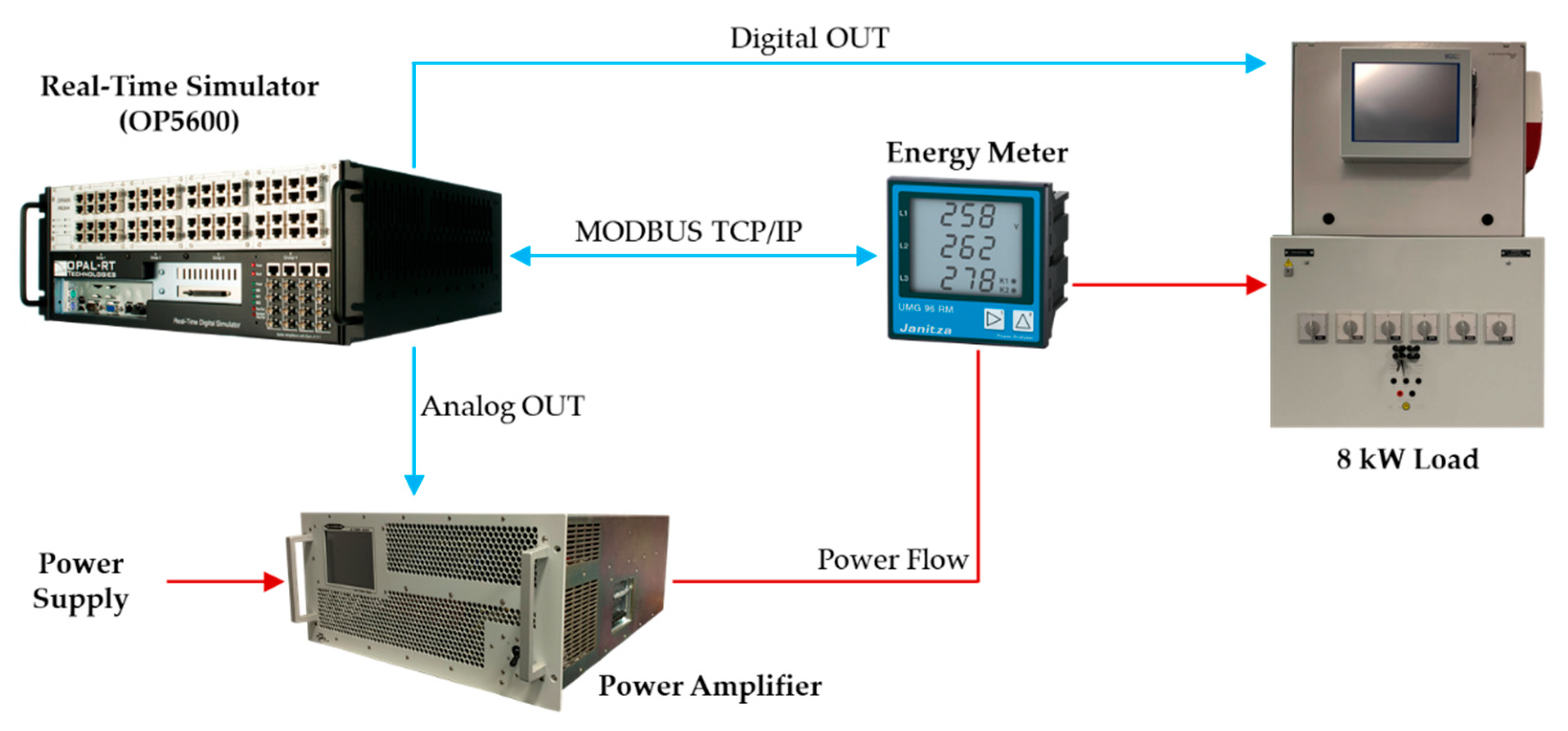
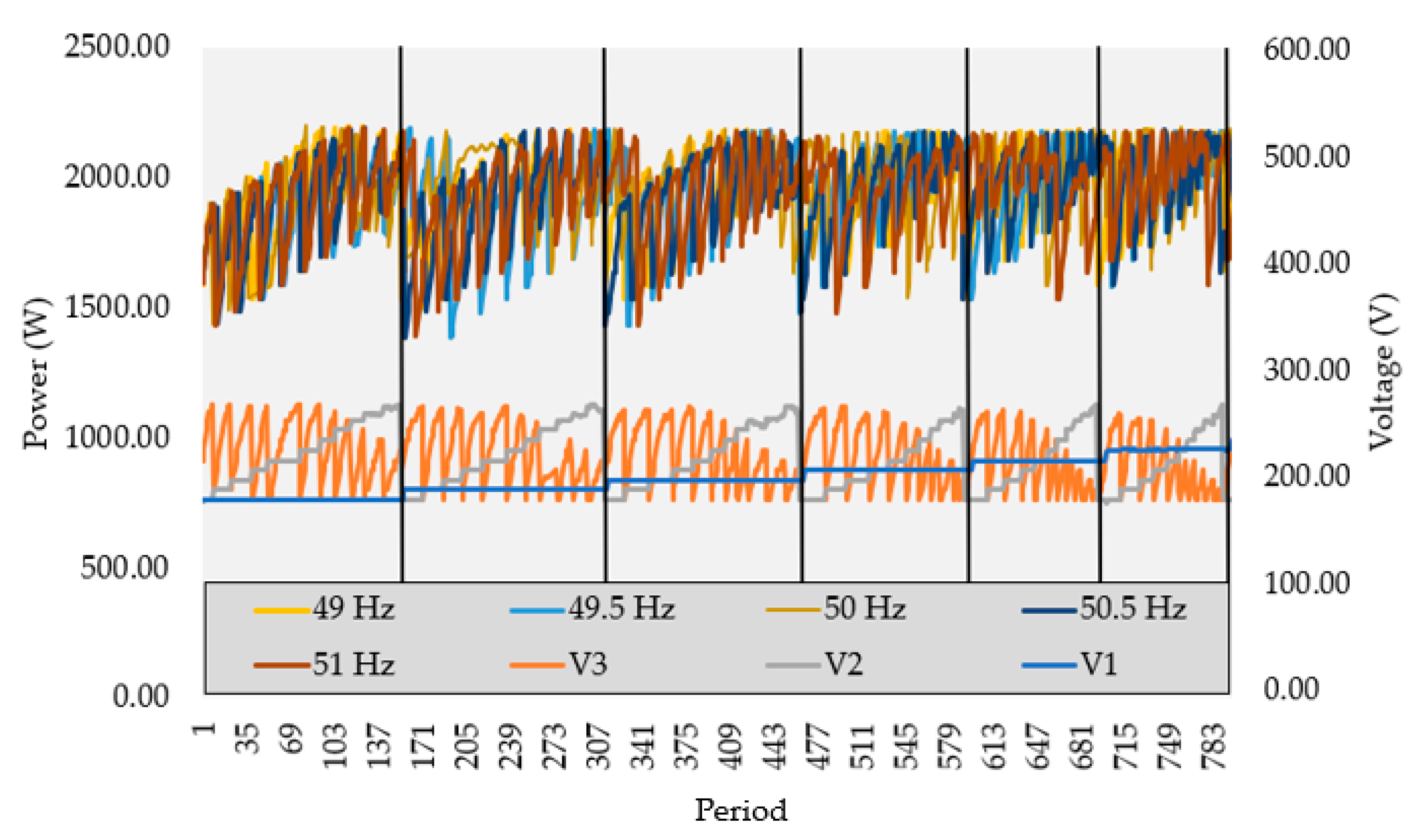
Publisher’s Note: MDPI stays neutral with regard to jurisdictional claims in published maps and institutional affiliations. |
© 2021 by the authors. Licensee MDPI, Basel, Switzerland. This article is an open access article distributed under the terms and conditions of the Creative Commons Attribution (CC BY) license (http://creativecommons.org/licenses/by/4.0/).
Share and Cite
Vale, Z.; Faria, P.; Abrishambaf, O.; Gomes, L.; Pinto, T. MARTINE—A Platform for Real-Time Energy Management in Smart Grids. Energies 2021, 14, 1820. https://doi.org/10.3390/en14071820
Vale Z, Faria P, Abrishambaf O, Gomes L, Pinto T. MARTINE—A Platform for Real-Time Energy Management in Smart Grids. Energies. 2021; 14(7):1820. https://doi.org/10.3390/en14071820
Chicago/Turabian StyleVale, Zita, Pedro Faria, Omid Abrishambaf, Luis Gomes, and Tiago Pinto. 2021. "MARTINE—A Platform for Real-Time Energy Management in Smart Grids" Energies 14, no. 7: 1820. https://doi.org/10.3390/en14071820
APA StyleVale, Z., Faria, P., Abrishambaf, O., Gomes, L., & Pinto, T. (2021). MARTINE—A Platform for Real-Time Energy Management in Smart Grids. Energies, 14(7), 1820. https://doi.org/10.3390/en14071820









